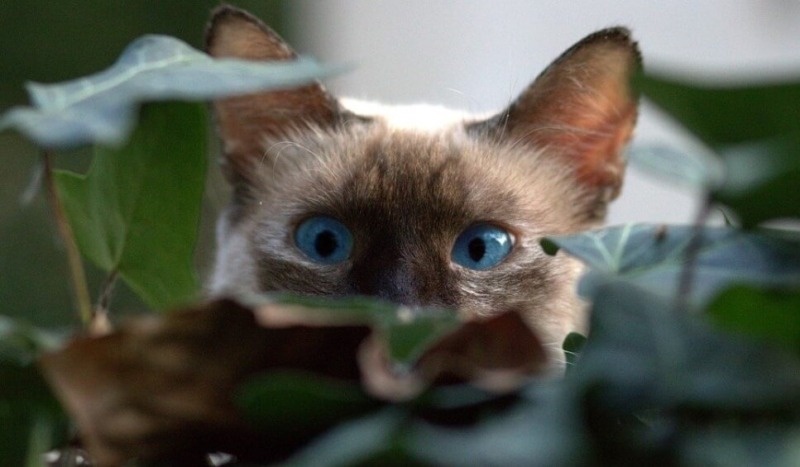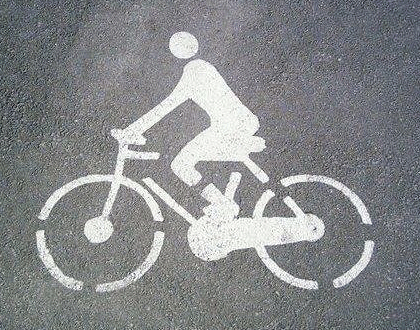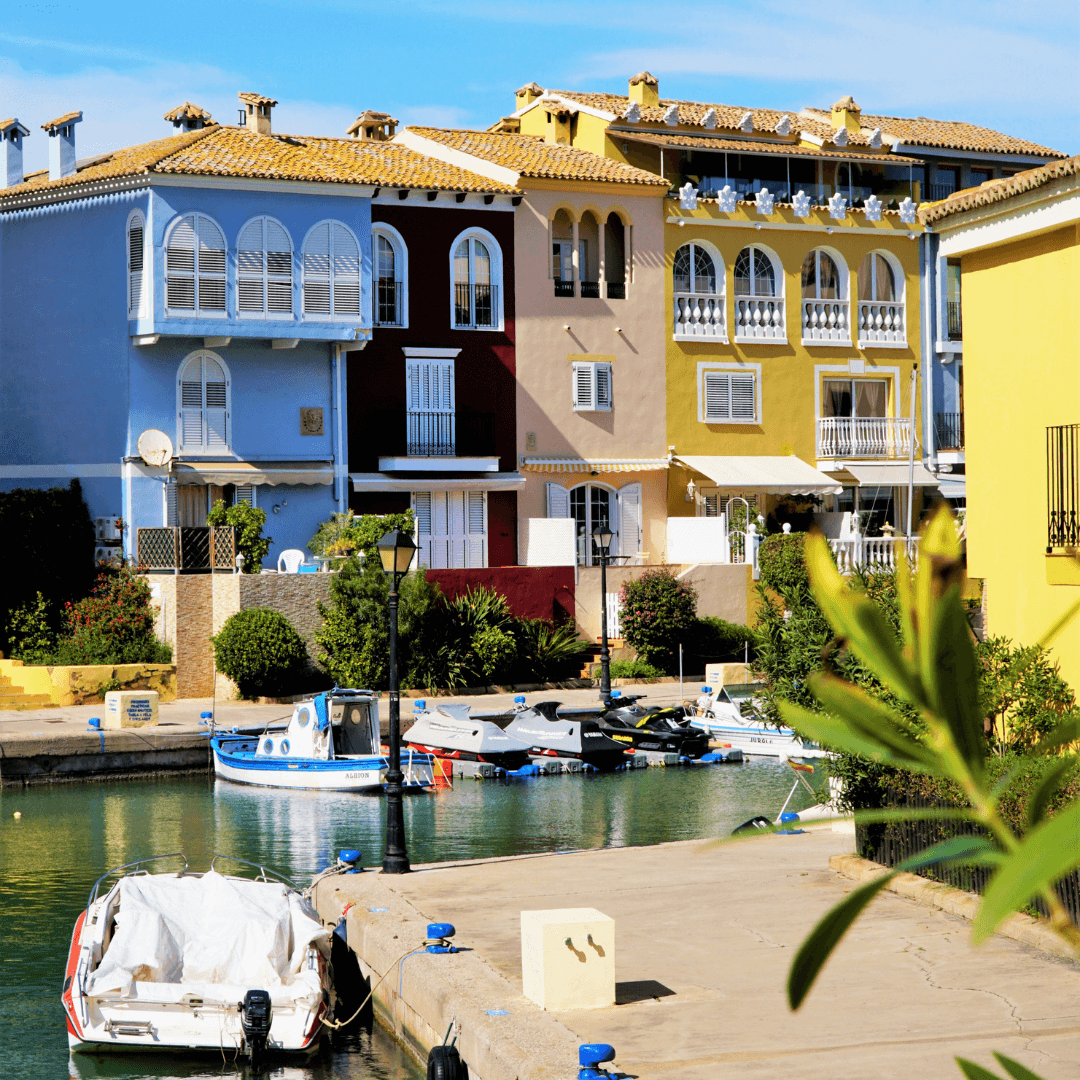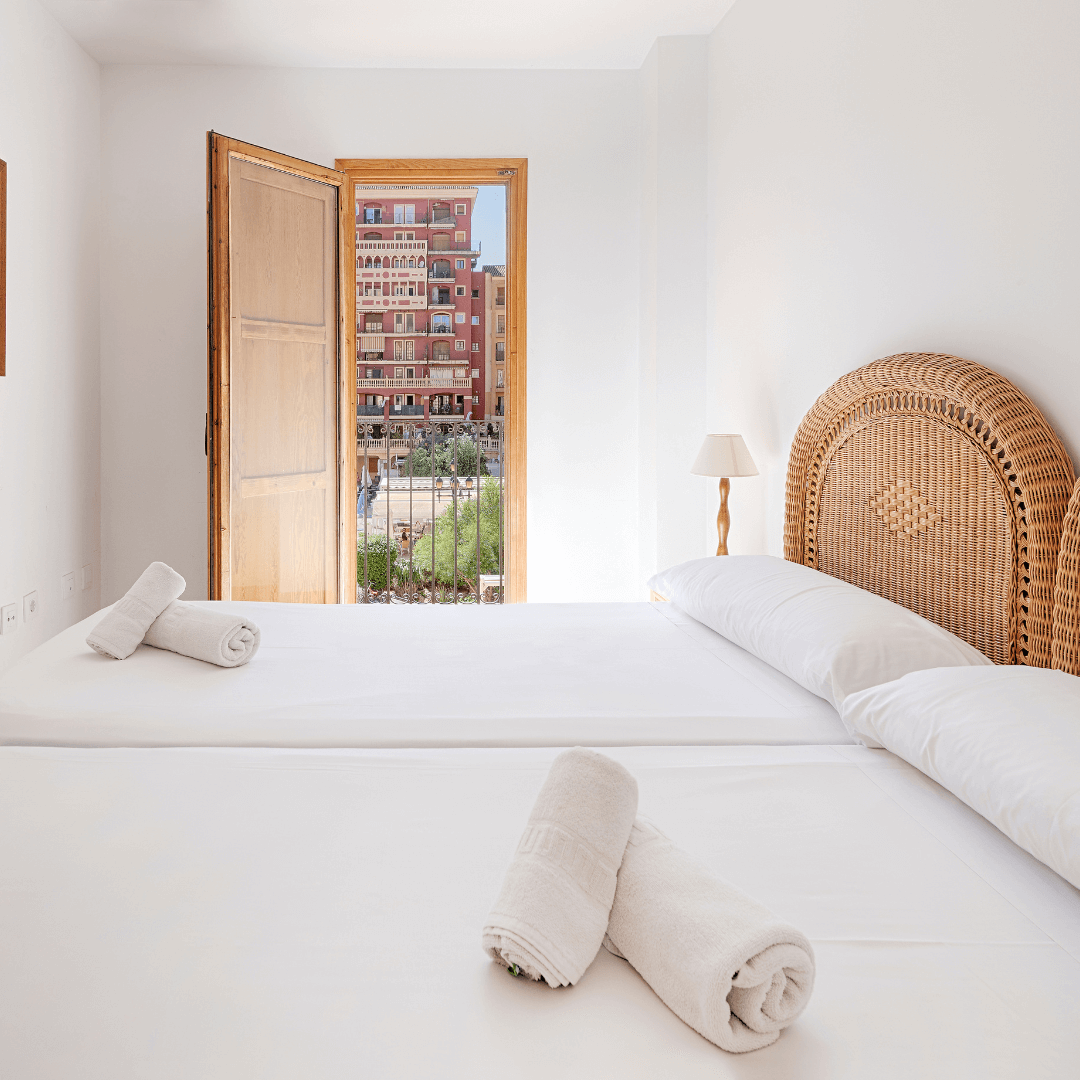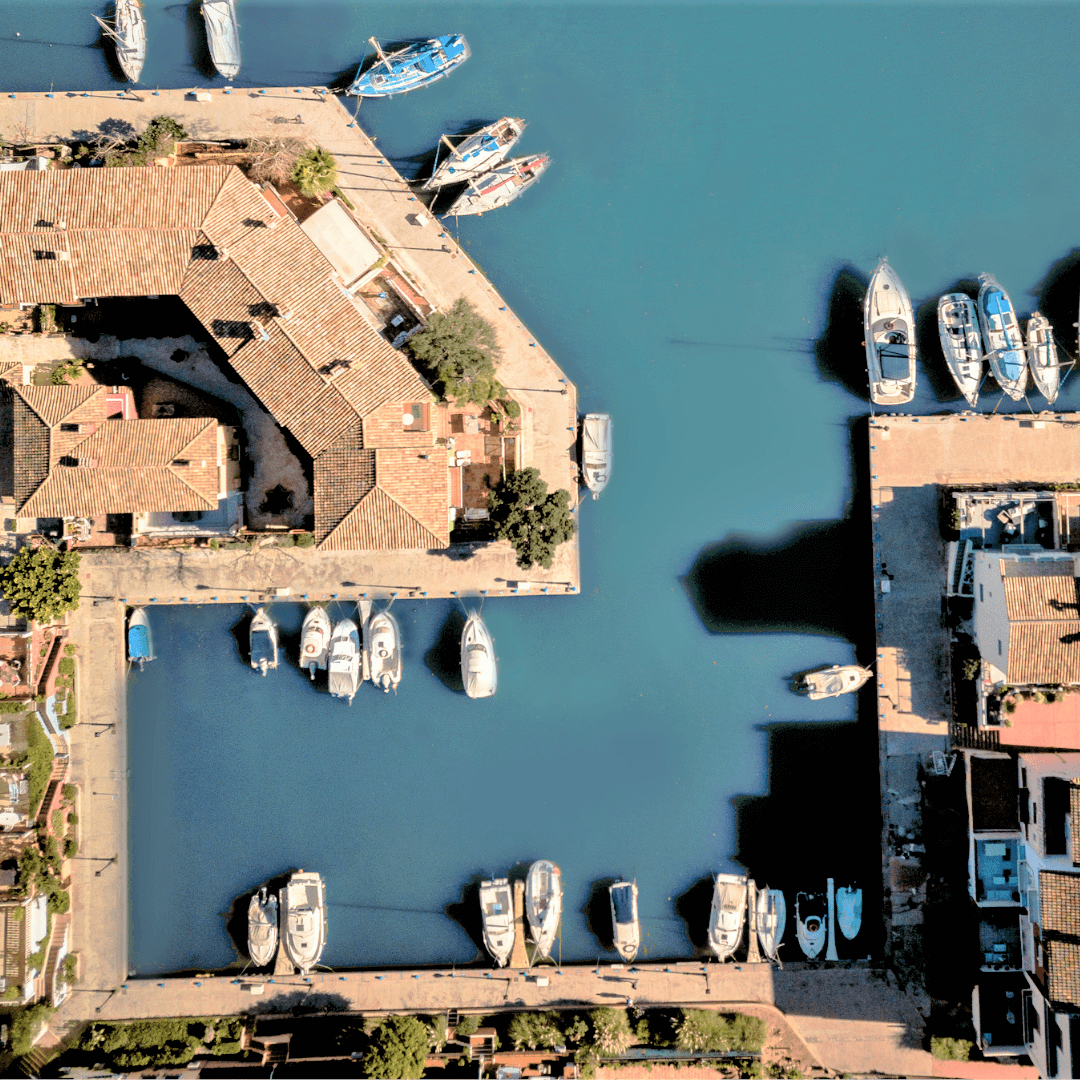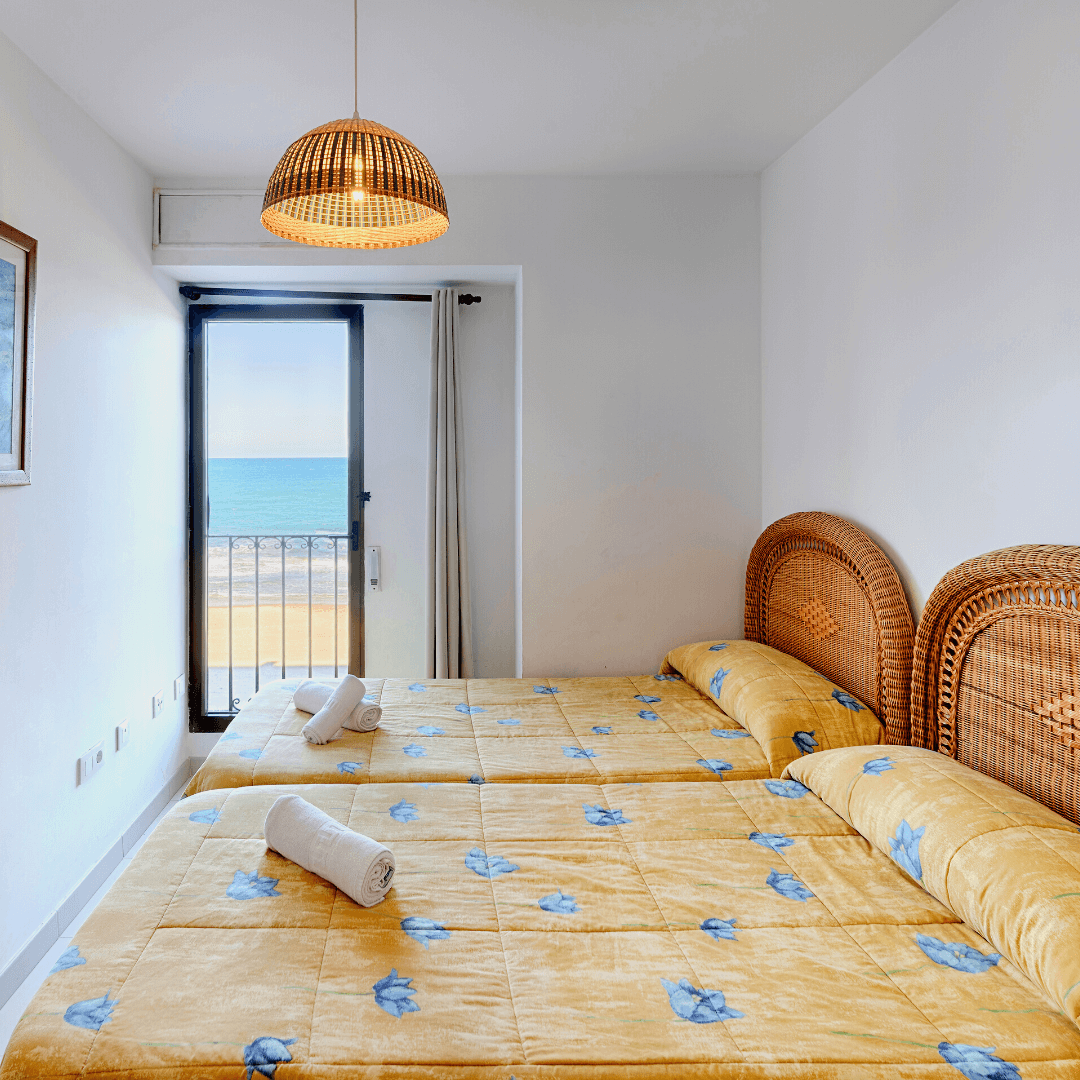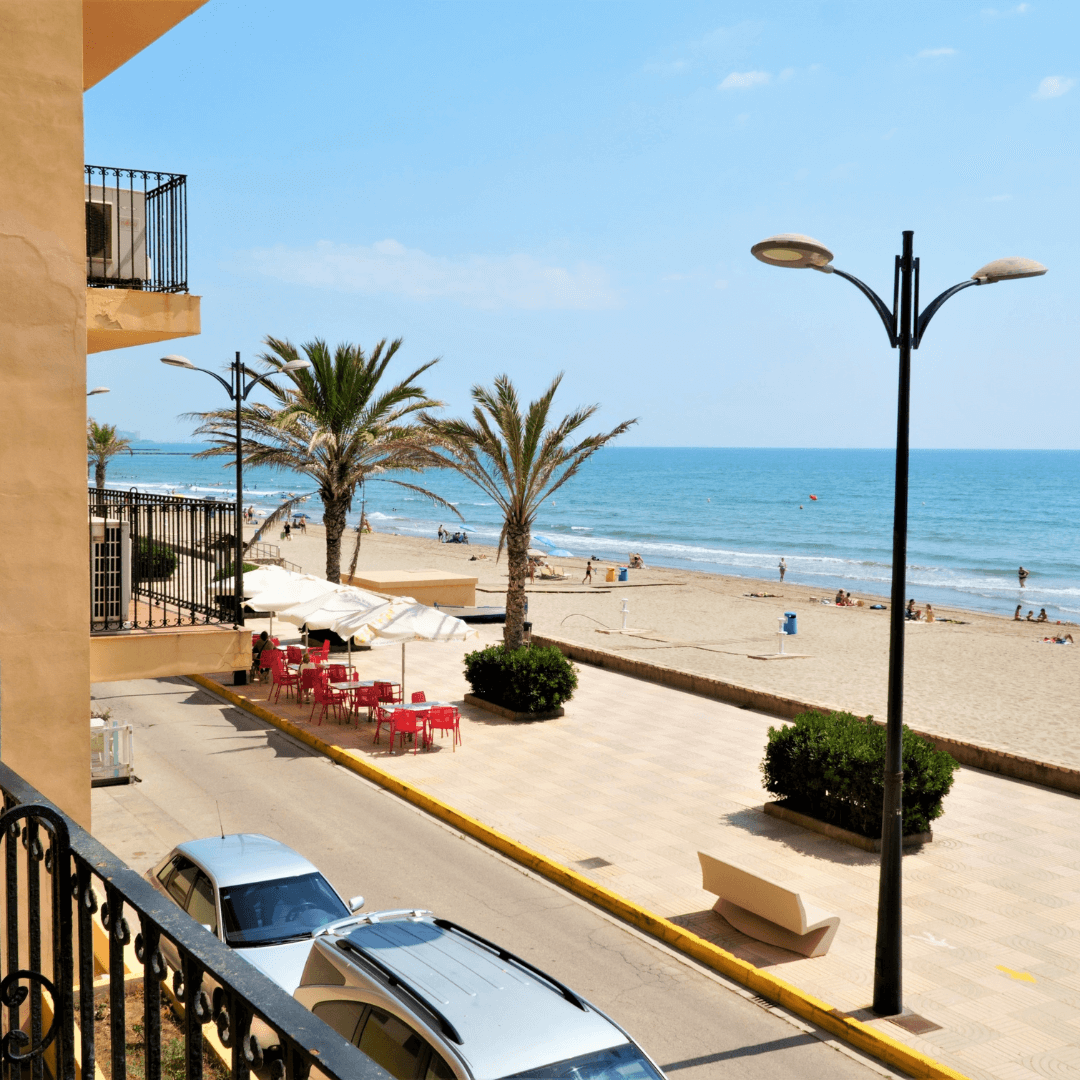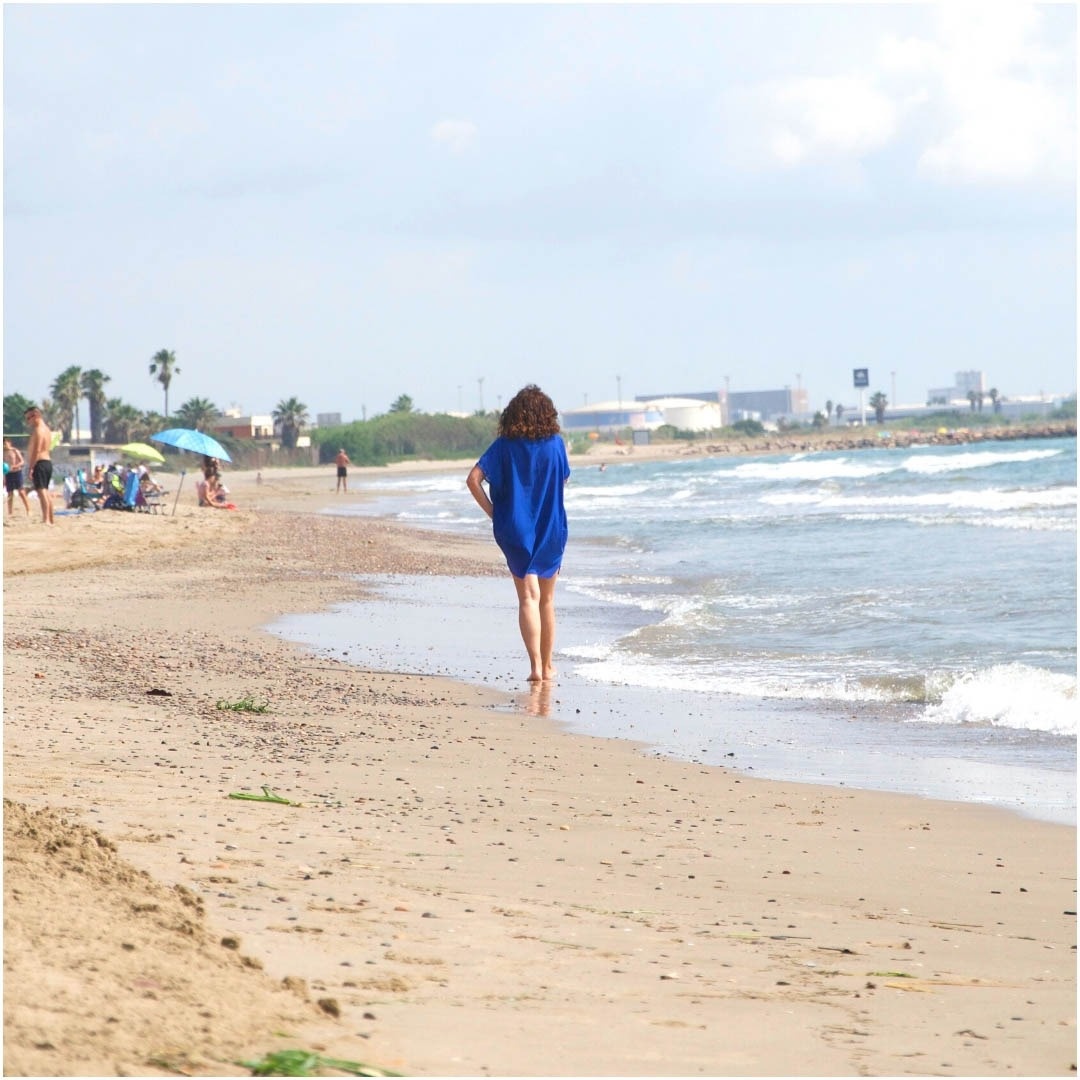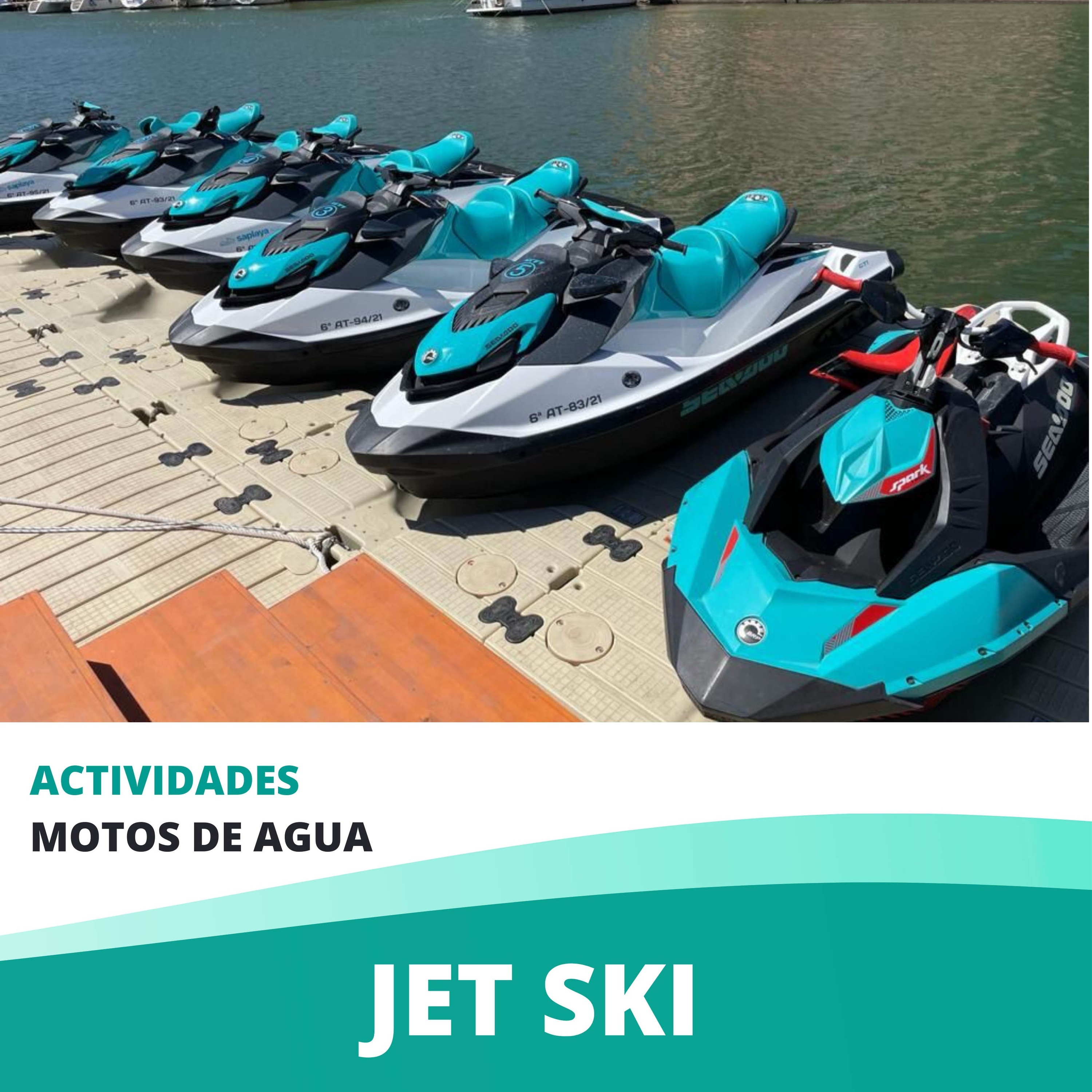
Saving on vacation

Planning a vacation but want to keep your budget low? Port Saplaya and Valencia are the perfect destination, offering everything you need: beaches, charming towns, Mediterranean cuisine, and activities for all tastes.
How to save on vacation in Valencia
Below, we offer some practical tips for saving on vacation. Our recommendations are general, but in some cases, they focus on Port Saplaya and Valencia, where our two resorts are located. However, most of them can be applied to save on vacation wherever you are.
Save on accommodation
To begin, it all starts with choosing the accommodation. A few weeks ago, we discussed the differences between a hotel and an apartment. Among these differences, one of the most significant is savings. Why? If you stay in an apartment, you can save a lot, especially if you're traveling in large groups or as a family. Plus, apartments usually have a kitchen, which allows us to save on some (or all) meals, such as breakfast.
To get the best price, we recommend booking in advance and checking out available accommodation offers. Sea You Port Saplaya Apartments has an active summer offer, and offers are always available in our Offers section.
Save on food
In terms of food, as we mentioned in the previous section, cooking in your apartment can be a huge savings. It also allows you to try fresh, typical local produce and enjoy it on the beach, in the park, or at your accommodation.
If, on the other hand, you'd like to eat at a restaurant, consider the more local ones (often a little outside the most touristy areas) that usually have daily menus for less than 15 euros.
Save on transportation
If you're concerned about transportation, public transportation options are generally good in most Spanish cities (Valencia being one of them). Buses and trains allow you to travel between coastal towns and the center of Valencia. Besides being economical, it's a convenient option as you won't have to waste time looking for parking.
Valencia is also one of the best cities for getting around by bike (and on foot), with thousands of bike lanes and perfect terrain (flat and small). We've already shared some bike routes on the blog.
Free plans in Valencia
There are many free activities in Valencia. The first and foremost is the star of a vacation in Valencia and Port Saplaya: going to the beach. From El Saler to El Puig, you have miles of sand and sea without paying an entrance fee.
Continuing with nature plans, hiking through natural areas like the Albufera or the Garbi can be ideal options.
If your visit to Valencia coincides with the summer, you can enjoy local festivals like the Alboraya Festival, which features everything from games to free concerts.
Finally, there are some museums that are free on specific days or at specific times. Find out more and plan your route around these times if you're interested in visiting them. Likewise, there are many websites like Valencia Secreta that compile weekend plans in the city, many of which are free or very affordable.
With a little planning and creativity, you can enjoy an unforgettable vacation without breaking the bank. And best of all, you'll be supporting local tourism and discovering places you may not have known about. At Apartamentos Port Saplaya, we look forward to welcoming you on your vacation to Port Saplaya.






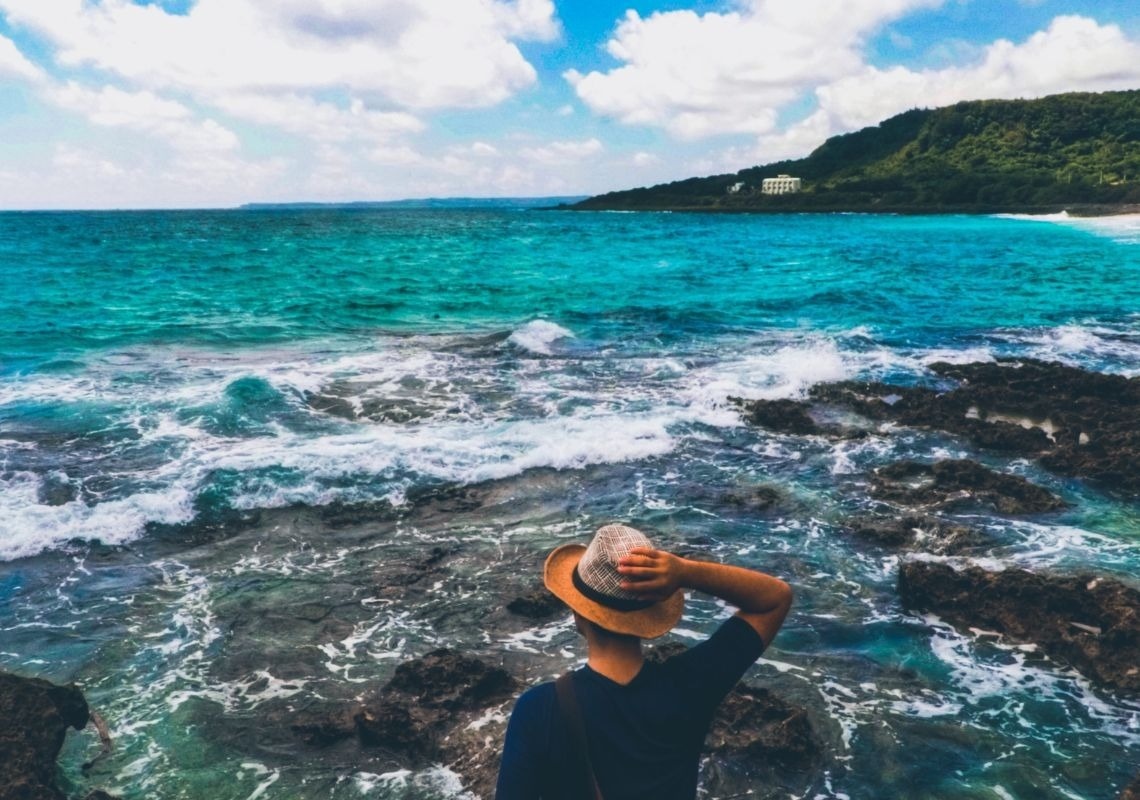







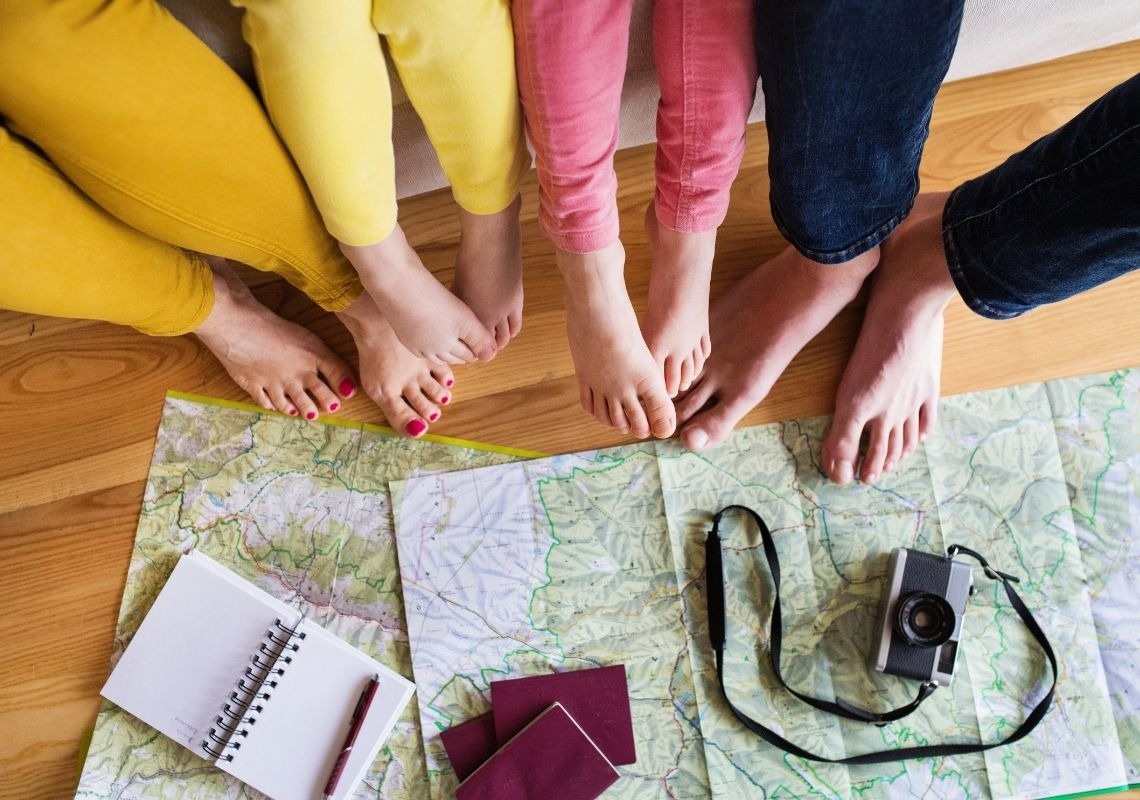




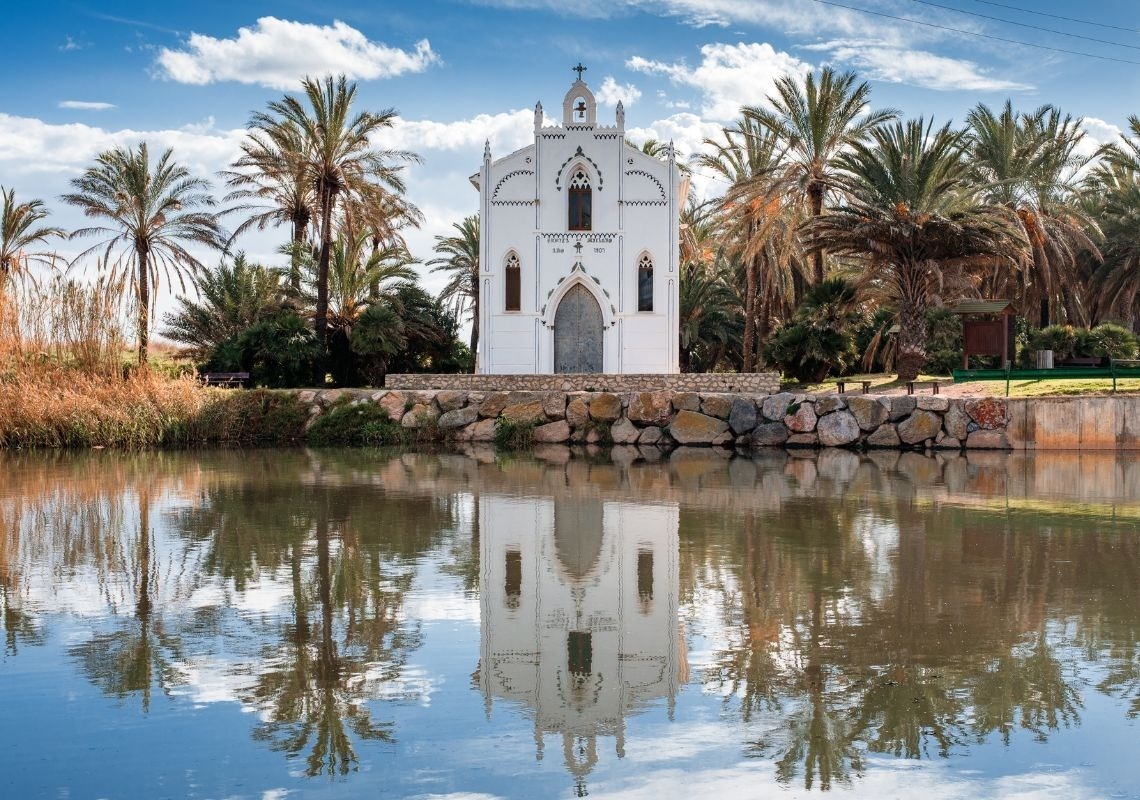


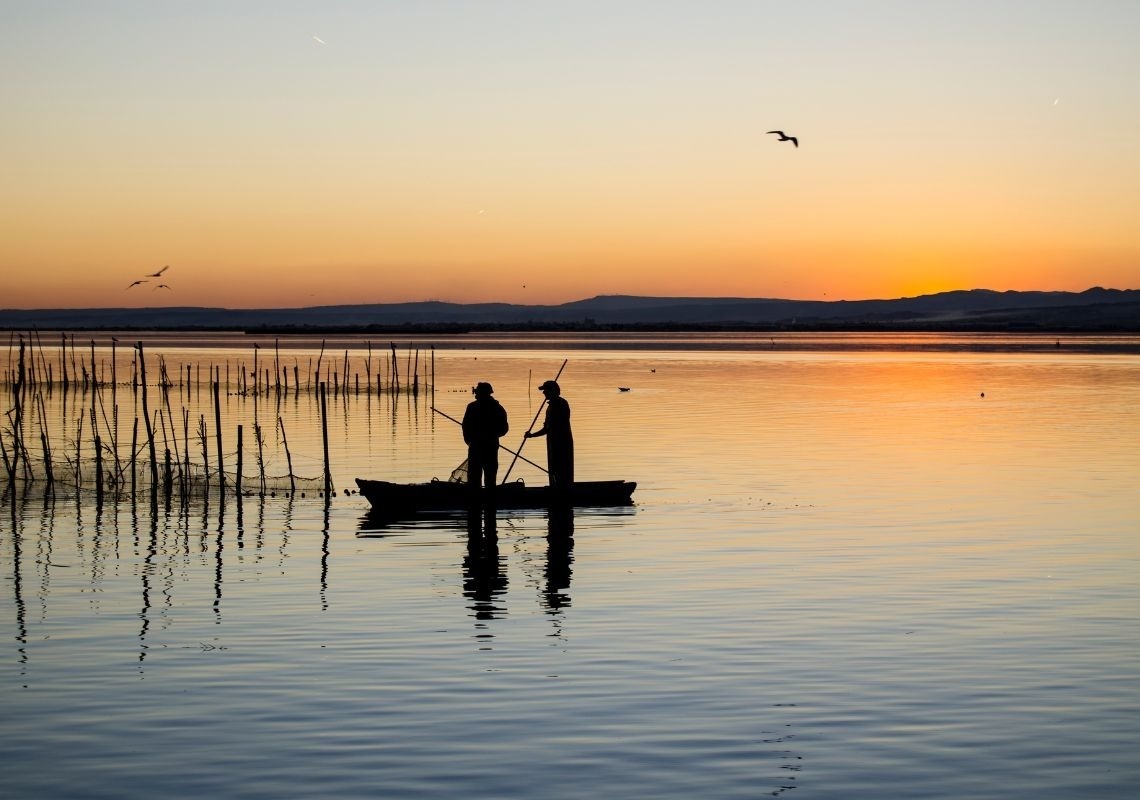





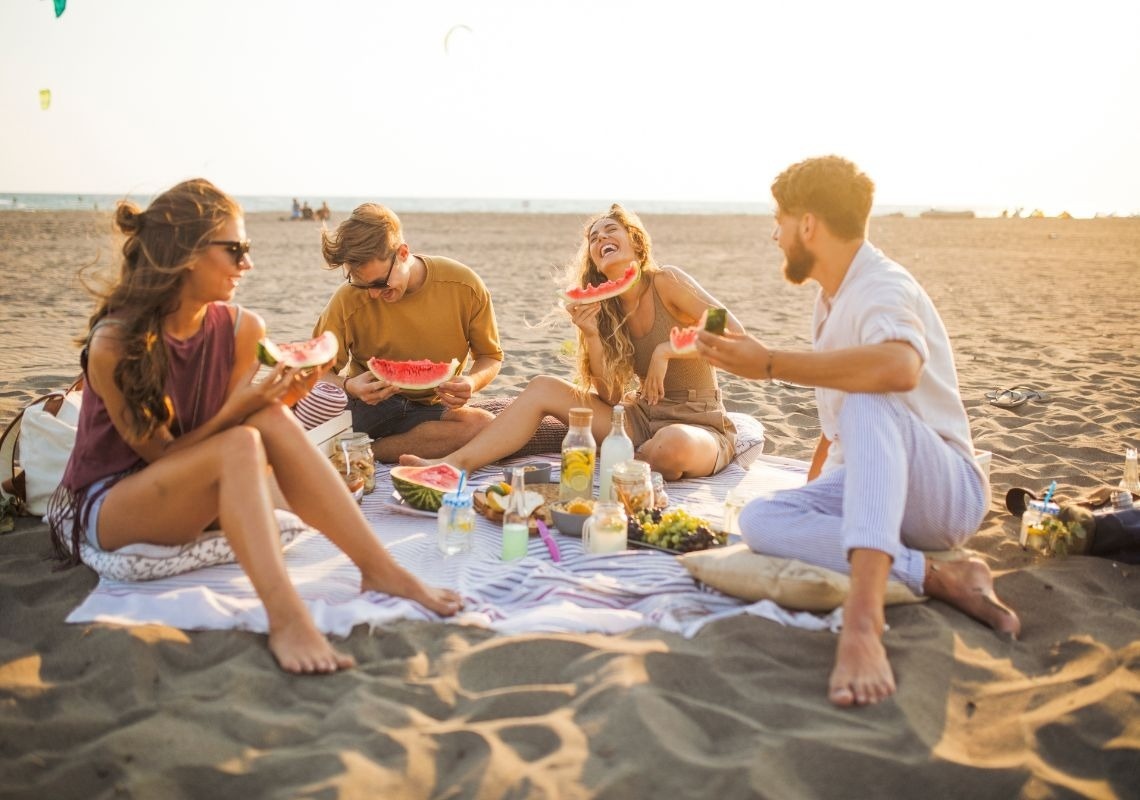



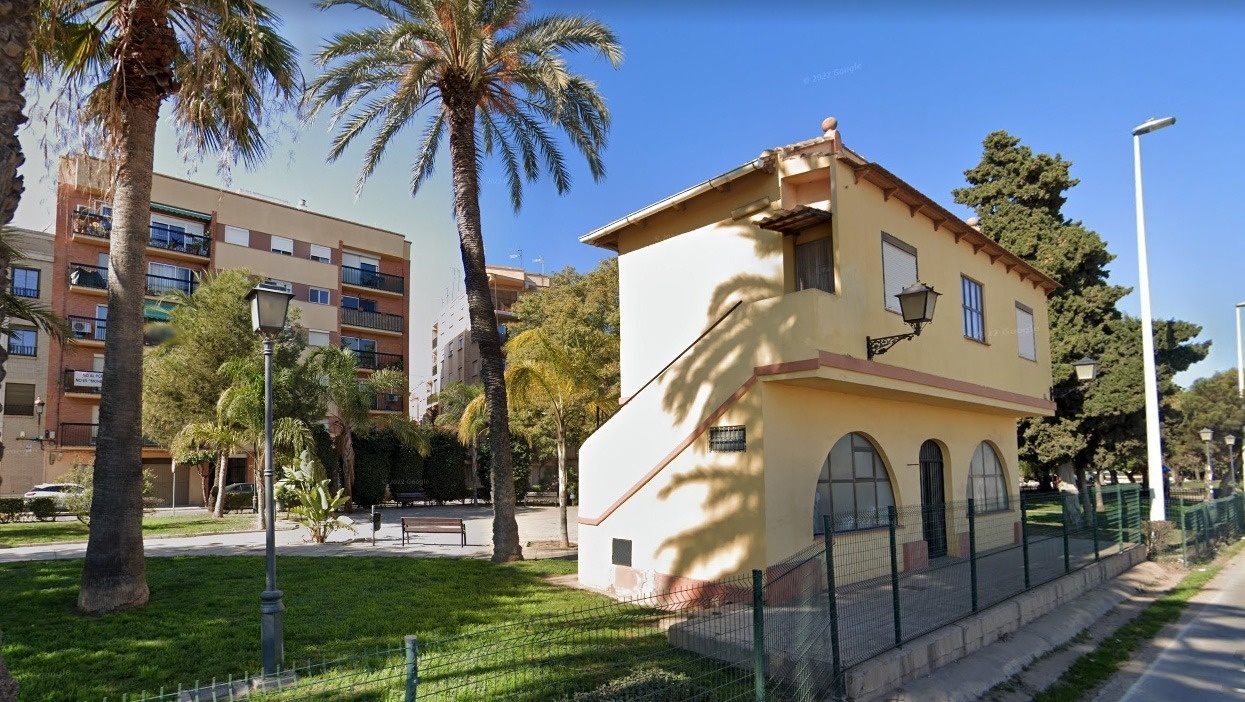

















 Animal lovers (and those who are not too, even if they don't want to) are in luck. On December 12, the Congress of Deputies, with the support of all groups, approved the processing of the #AnimalesNoSonCosas initiative of the
Animal lovers (and those who are not too, even if they don't want to) are in luck. On December 12, the Congress of Deputies, with the support of all groups, approved the processing of the #AnimalesNoSonCosas initiative of the 






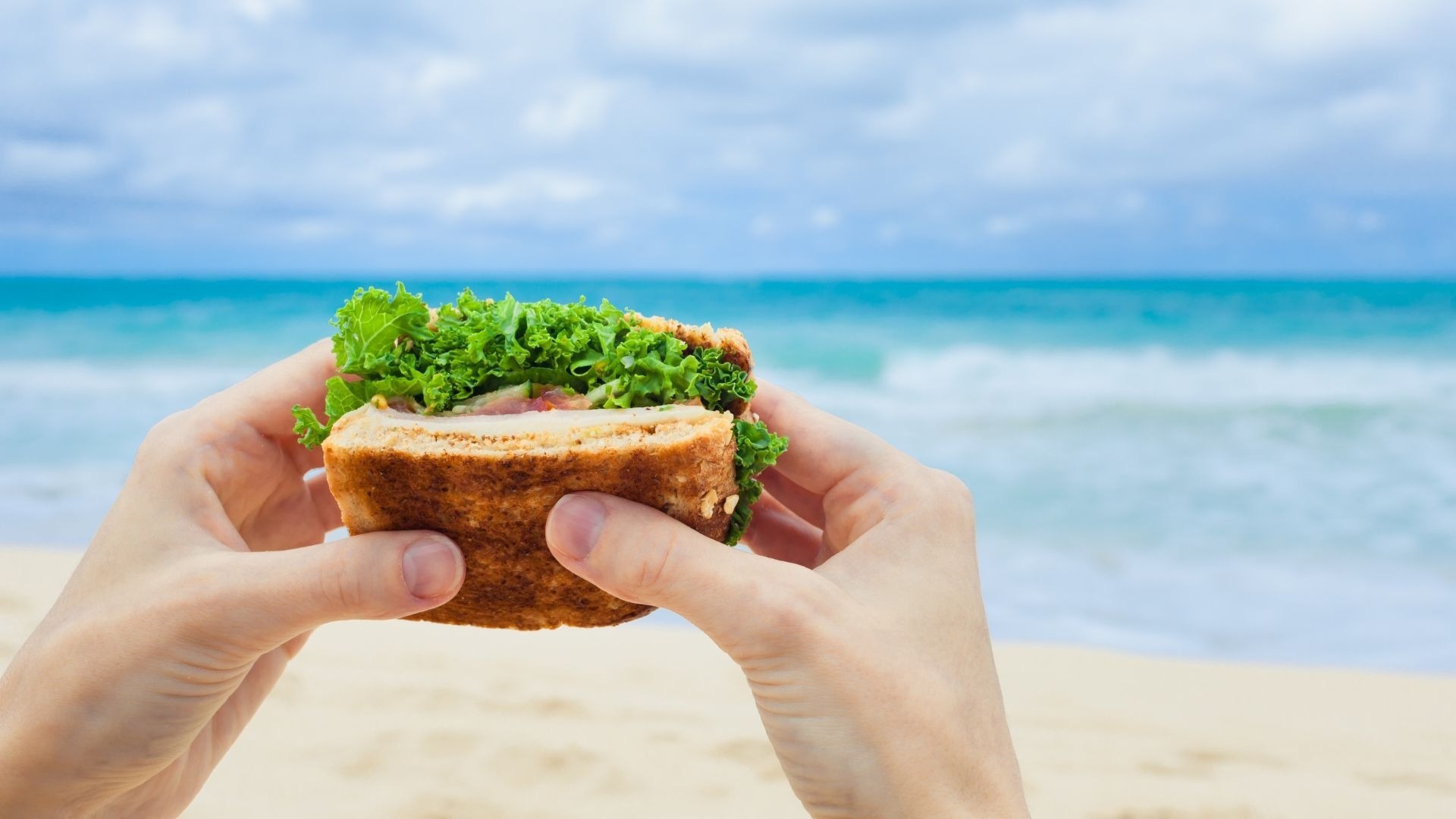
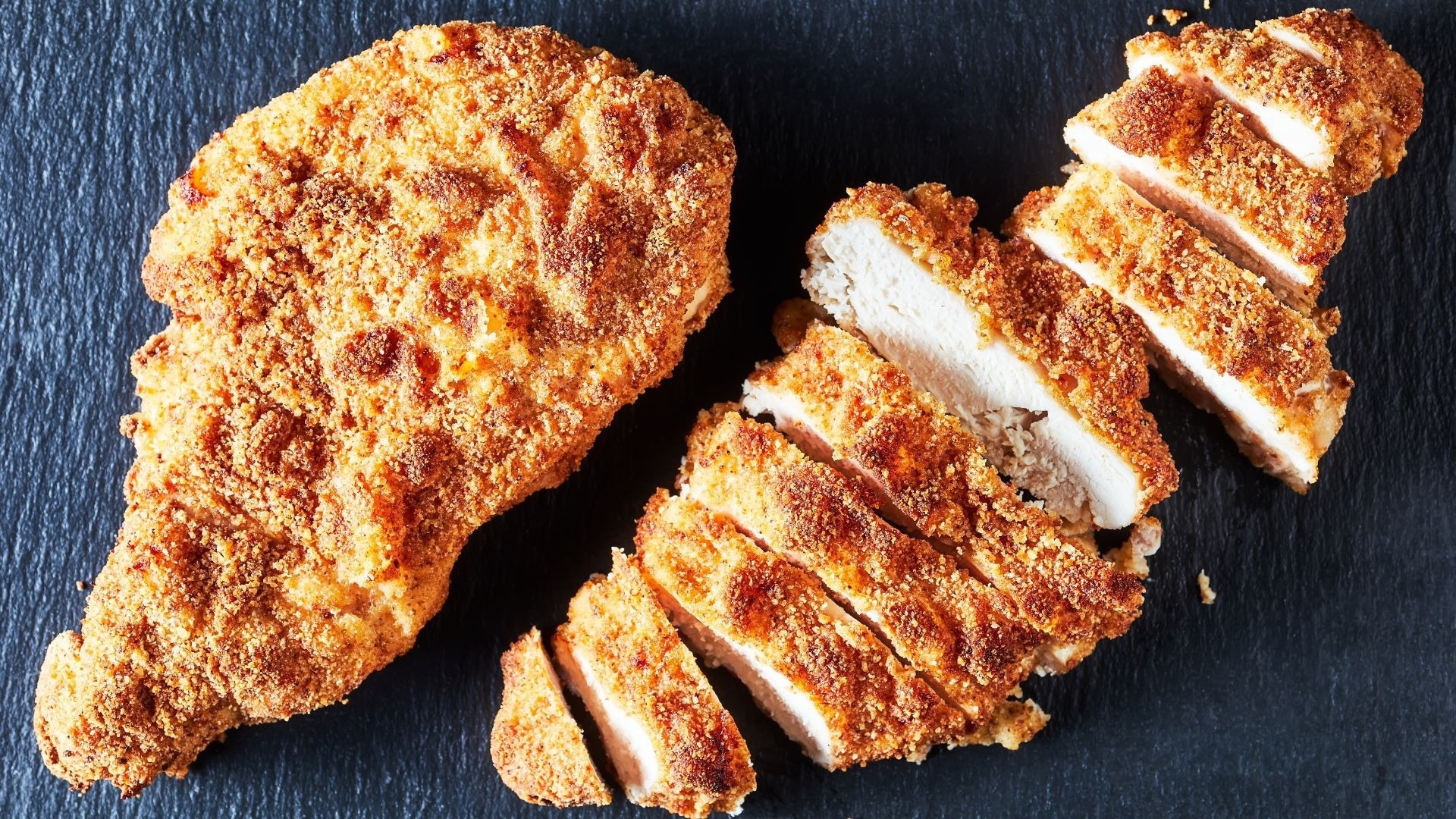


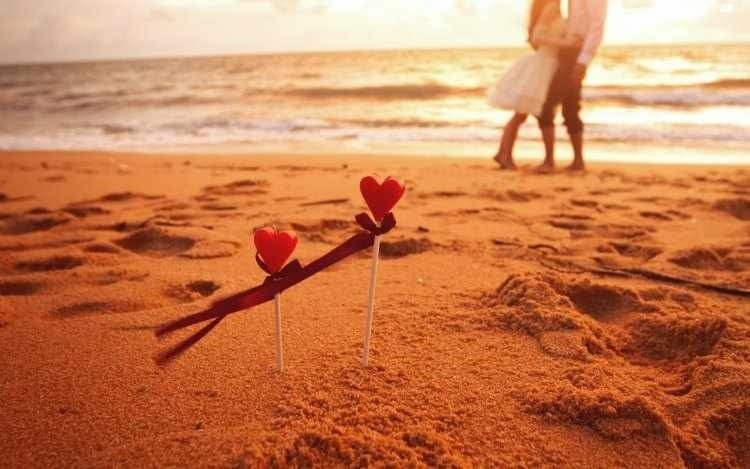
 When do we start celebrating love?
When do we start celebrating love?


